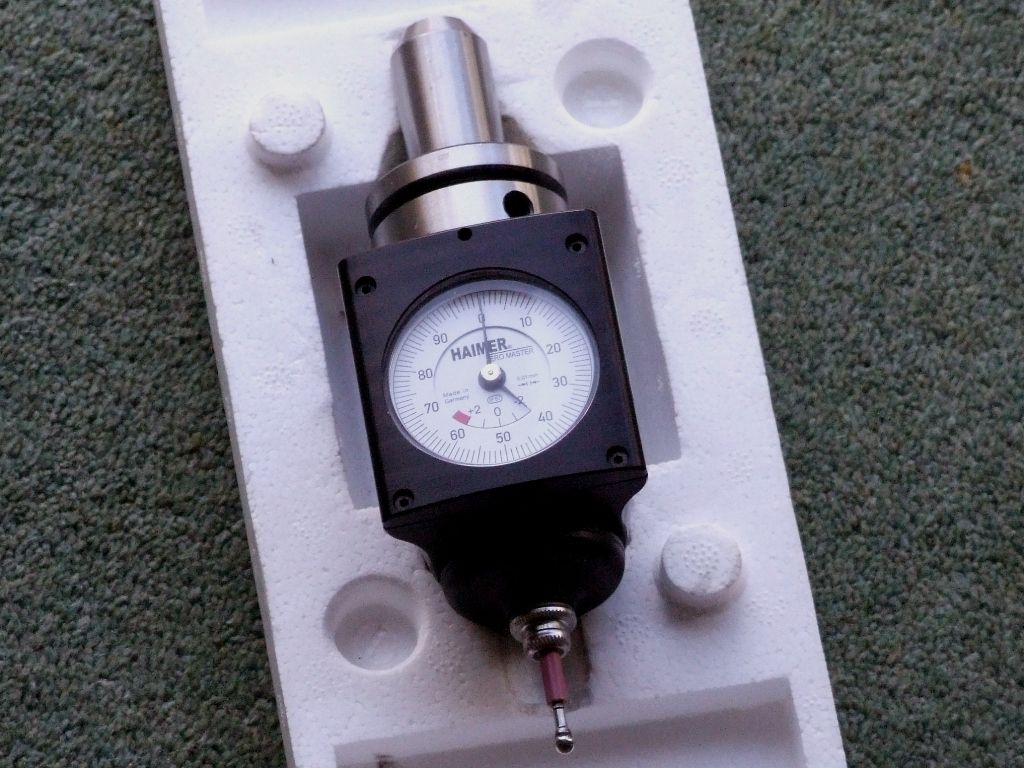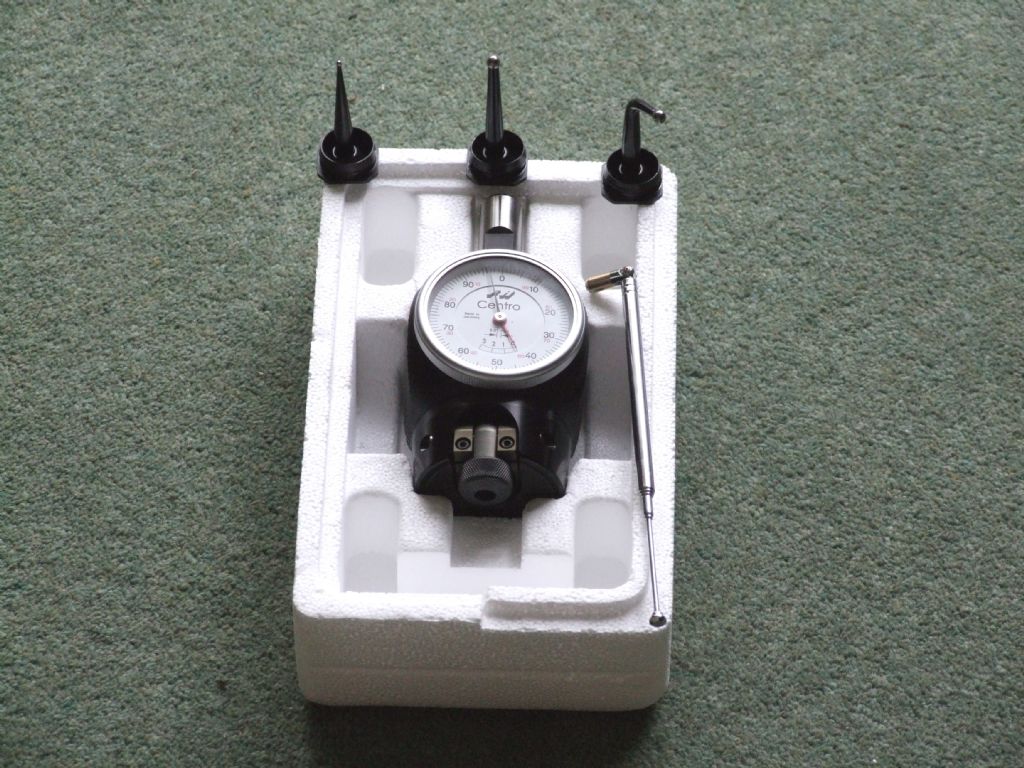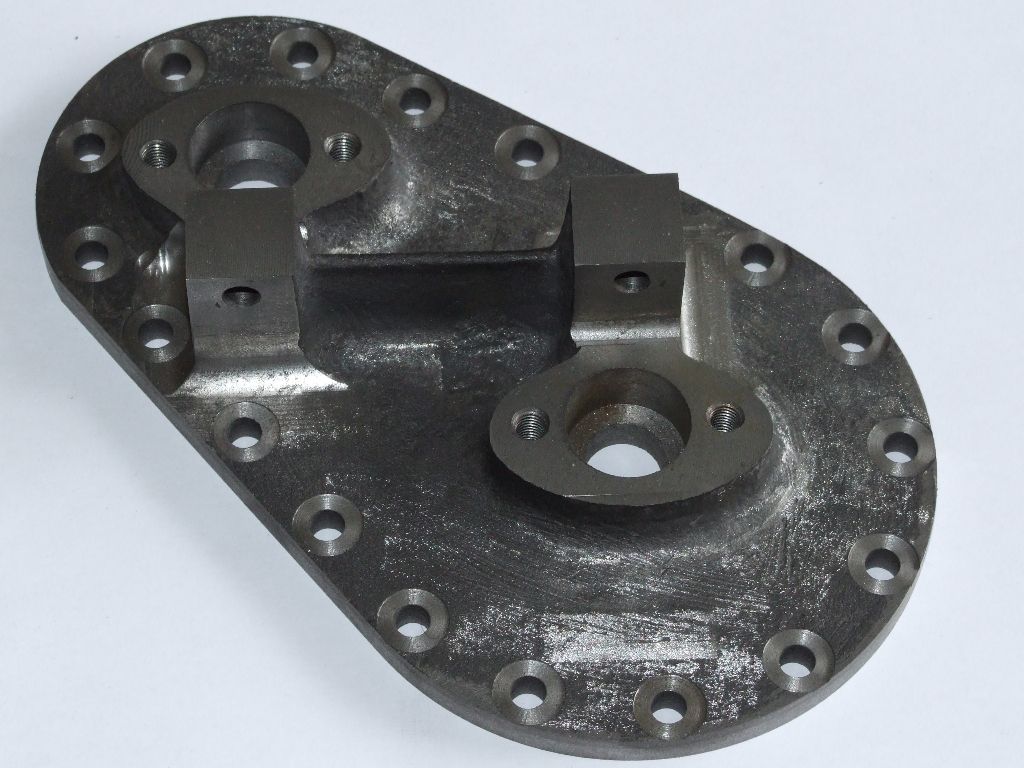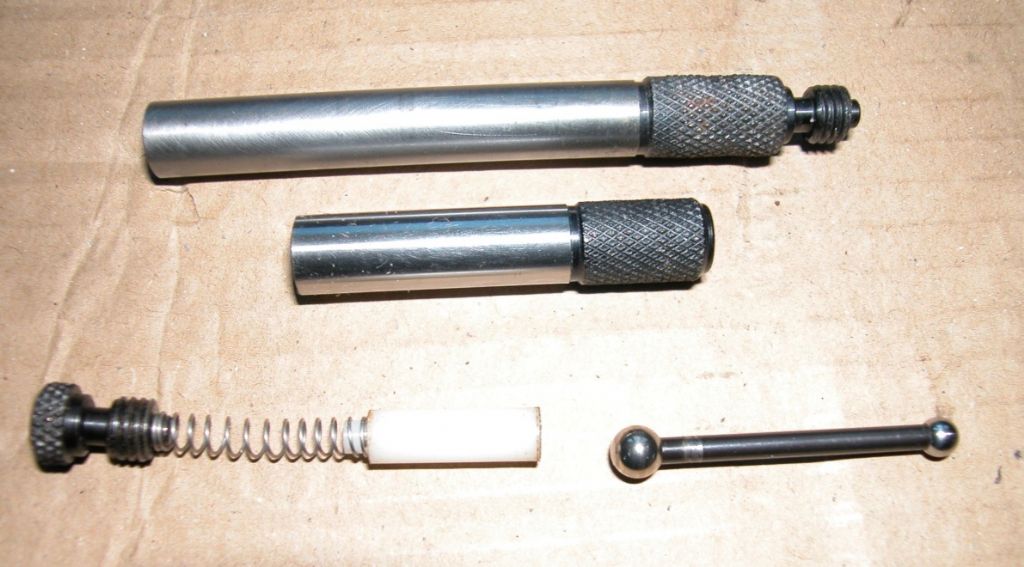The secret to reliable, adequately accurate (for the job in question) edge and centre finding is the same as for pretty much every other aspect of model engineering, home shop work and engineering in general. Tooling of sufficient quality to give repeatable results to the required accuracy and practice, practice, practice. Being familiar with what you use invariably beats taking the latest ultra wiz bang super device out every second blue moon and expecting better than brochure claim results.
Heck I bought a Hamier 3D Taster for a bargain £100 about 8 years ago for "that special job" which still sits in its box unused save for bragging rights. Too pussy to use it in case I break it! Those ceramic links are expensive.
Practice is the difficult bit for we home shop types. Its hard enough to scare out time to make the things we want to make without spending ages doing the equivalent of a budding pianists scales. Doesn't help that a goodly proportion of what the less experienced want to do is the equivalent of handing a second year apprentice a job that would make a seasoned toolmaker sit down with the drawings for a good think first. Which is about where any sensible apprentice screams "Help!". Fortunately the internet has made getting a response to "Help!" a lot easier for home shop guy (or gal).
For us a true spinning rod wiping a damp cigarette paper off the side of a job, or better, smooth vice jaw, can, in practiced hands, give results just as fit for purpose as that Hamier on my shelf. Too cheap to meter against over £250 new is no contest. But you have to practice.
In my view the Huffam wiggler gives the best balance between least practice to get good results and accuracy. Especially when used with the DRO 1/2 button. The Huffam pivot is much lower friction than the less expensive collet versions so its very easy to stop feeding when the stem slowly starts to crawl off to one side. Not only is it a nice clearly visible shift but you soon get used to getting it moving across at very much the same speed every time. So its very repeatable. Generally working from one side is more than fine but touching both sides and using the 1/2 button is a little more accurate and saves on maths. Its what I always do with vice held jobs.
Touching off on the insides of the jaws is just so easy. If you don't have a DRO and 1/2 button you can do the same thing with adjustable dials but its more of a fiddle. Set to zero for one side, move to the other, note reading, set dial to half that, move back and find the zero. All movements going the same way to avoid backlash. Always set the zero. Don't try to hold the numbers in your head. You will make a mistake, somewhen, invariably well into a job you seriously don't want to cock up.
Most folk don't take full advantage of adjustable dials, or DRO input abilities, for making work easier and reducing the chances of errors. Setting the dials or DRO so you finish on zero not only makes mistakes due to reading or memory errors less likely but also means what you "set is what you get". Which can be a great help when tying to figure out why you didn't get what you expected. Generally a full turn error is easily seen so should be unlikely. I have, however, proven that "should be unlikely" isn't the same as "will never happen".
Clive
PS If you have wall space set up a whiteboard (or blackboard for traditional type) to write cuts, positions helpful diagrams et al on in nice big readable from the machine script. Paper or notepad scribbles always seem to be too small and the shop gremlins love running off with the paper or pouring oil all over it!
Edited By Clive Foster on 25/04/2020 10:33:10
Stewart Wells.









